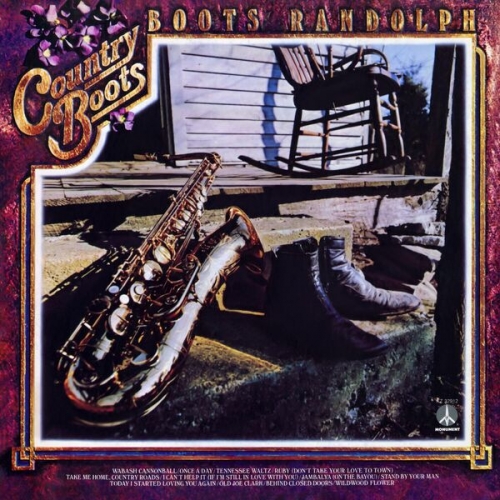Viotta Ensemble - Dutch Chamber Music by Van Bree, Röntgen & Coenen (2024)

Artist: Viotta Ensemble
Title: Dutch Chamber Music by Van Bree, Röntgen & Coenen
Year Of Release: 2024
Label: Brilliant Classics
Genre: Classical
Quality: flac lossless (tracks) +Booklet
Total Time: 01:08:02
Total Size: 275 mb
WebSite: Album Preview
TracklistTitle: Dutch Chamber Music by Van Bree, Röntgen & Coenen
Year Of Release: 2024
Label: Brilliant Classics
Genre: Classical
Quality: flac lossless (tracks) +Booklet
Total Time: 01:08:02
Total Size: 275 mb
WebSite: Album Preview
01. Allegro in D Minor for 4 String Quartets
02. Serenade in A Major, Op. 14: I. Allegro Tranquillo
03. Serenade in A Major, Op. 14: II. Scherzo (Allegro)
04. Serenade in A Major, Op. 14: III. Andante con Espressione
05. Serenade in A Major, Op. 14: IV. Allegro molto Vivace
06. Quintet in A Major: I. Allegro
07. Quintet in A Major: II. Andante
08. Quintet in A Major: III. Scherzo
09. Quintet in A Major: IV. Finale. Allegro
A trio of neglected but lovely works by Dutch romantic composers, in authoritative studio recordings by a Dutch ensemble.
This album brings together three composers who played a leading role in the musical culture of Amsterdam of the 19th and early 20th centuries. Aside from their prominence as composers, all three were influential conductors and virtuoso instrumentalists. Johannes Bernardus van Bree was a violinist, Johannes Meinardus Coenen a bassoonist and Julius Röntgen a pianist. They were exponents of the classical-romantic style of composition of the Leipzig School, the most important representative of which was Felix Mendelssohn.
At least within the Netherlands, Van Bree’s most celebrated work is the ambitious Allegro which he wrote in 1845 for four string quartets. This quartet of quartets is a tour de force in the mould of Mendelssohn’s Octet and the double quartets by Louis Spohr.
After his death in 1857, his post as conductor of Amsterdam’s most prestigious musical society was taken up by Coenen. As a former bassoonist, Coenen understood how to write idiomatically for winds; from 1850, this Wind Quintet is a substantial, half-hour work in four movements, full of sunny melodies and warm humour.
In 1876, the 21-year-old Röntgen composed a Serenade for the more unusual combination of seven wind instruments. The Serenade was played in Leipzig the following year, where it caught the ear of Brahms: ‘This Serenade by Röntgen was quite charming, truly enchanting. Such delightful freshness, cleverness and intimacy.
It is the best work of his I have heard. And moreover, such a sincere and warm young person, it gives one such joy.’ In fact Brahms liked the Serenade so much that he appropriated elements of it in his own Second Symphony (and later apologised to the young composer for doing so).
Thus the album illuminates not only Dutch musical life during the golden era of musical Romanticism but also sheds intriguing light on a canon symphony. Like the other works here, it is performed with both feeling and enthusiasm by the Dutch musicians of the Viotta Ensemble.





![Lionel Hampton with The Just Jazz All Stars - Lionel Hampton with The Just Jazz All Stars (Live) (Remastered) (2022) [Hi-Res] Lionel Hampton with The Just Jazz All Stars - Lionel Hampton with The Just Jazz All Stars (Live) (Remastered) (2022) [Hi-Res]](https://www.dibpic.com/uploads/posts/2025-12/1766822354_lhjj500.jpg)


